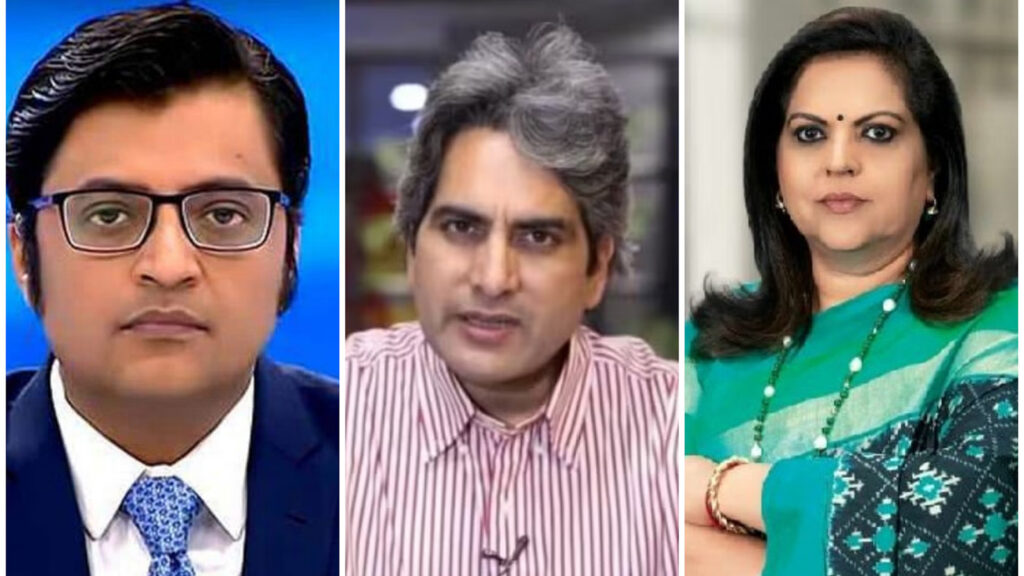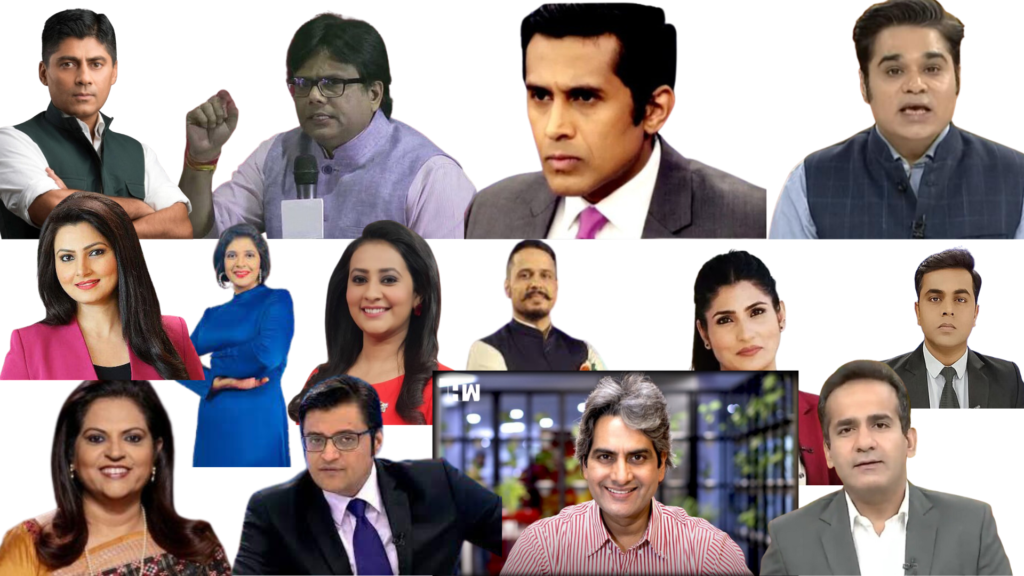An important event recently was the decision by the opposition party coalition known as the Indian National Developmental Inclusive Alliance (INDIA) to boycott 14 TV news anchors and four TV news outlets. The authorities said that these programs divert the nation’s attention away from urgent matters and that this decision was made in response to purported inflammatory and community debate shows. Times Now, Republic Bharat, Sudarshan News, and Doordarshan are the channels being boycotted. Let’s examine the specifics of this contentious action and the responses it sparked.

The Boycott Decision by INDIA
The list of TV hosts and networks to be boycotted was developed and supported in large part by the Congress Party and the Aam Aadmi Party (AAP). The list was released to the public by Congress leader Pawan Khera, who emphasized that the INDIA Media Committee took the decision on September 14, 2023. He declared that the following anchors will not be hosting any programs or events where the INDIA parties would send representatives:

The List of Anchors Boycotted by INDIA Bloc:
- Aditi Tyagi
- Aman Chopra
- Amish Devgan
- Anand Narasimhan
- Arnab Goswami
- Ashok Shrivastav
- Chitra Tripathi
- Gaurav Sawant
- Navika Kumar
- Prachi Parashar
- Rubika Liaquat
- Shiv Aroor
- Sudhir Chaudhary
- Sushant Sinha
The Anchors’ Response
Notably, Sudhir Chaudhary from Aaj Tak, one of the anchors on the list, has fiercely reacted to the boycott. He said that the anchors on the list were being boycotted because they “refused to be bootlickers”. Following the filing of a FIR against him by the Karnataka police, which accuses him of plotting to sabotage intercommunal harmony in one of his broadcasts on the Hindi news channel Aaj Tak, Chaudhary responded. He spoke about the state government’s commercial car subsidy program, which is thought to have caused the dispute, on this episode.
BJP’s Reaction
The national convener of the Bharatiya Janata Party’s (BJP) IT cell, Amit Malviya, viewed the boycott from a different angle. He urged the TV news anchors being boycotted to consider it a “badge of honor.” Malviya congratulated the journalists on the list for resisting pressure from the opposition on X (previously Twitter). As a result, the I.N.D.I Alliance published a list of journalists who refused to even budge when the opposition expected them to crawl, he wrote. They ought to display it as a badge of pride. More authority to them.
The Broader Context
This choice to boycott is not an isolated instance; rather, it is a reflection of the continuous conflicts in India between media organizations, political parties, and journalists. With accusations of skewed reporting, sensationalism, and polarizing rhetoric being directed against various news sites, the role of the media in influencing political discourse and forming public opinion has frequently been a difficult topic.
The boycott also brings to light the difficulties faced by journalists in upholding their objectivity and independence while navigating the political environment. Journalists frequently find themselves in the middle of political conflicts, under pressure from all sides to take a certain stance or promote a certain viewpoint.
The Way Forward
The INDIA bloc’s boycott of TV news anchors and channels highlights the necessity for India’s media and journalism to adopt a more nuanced and fair stance. In order to ensure that journalism continues to be a pillar of democracy and serves the public’s right to knowledge without being subject to undue influence or censorship, it asks for a healthy and constructive conversation between political parties and the media.
A considerable controversy in India’s media environment has been triggered by the boycott against specific TV news anchors and channels that the INDIA bloc has enacted. It highlights the significance of a free, unbiased, and responsible media in a healthy democracy and depicts the intricate interaction between politics and journalism in the nation. This matter is far from resolved, and it will likely continue to be the subject of discussion and examination in the days to come, according to the responses from journalists, political parties, and the general public.
Also Read Special Session Parliament

[…] Also Read Boycott of TV news anchors […]